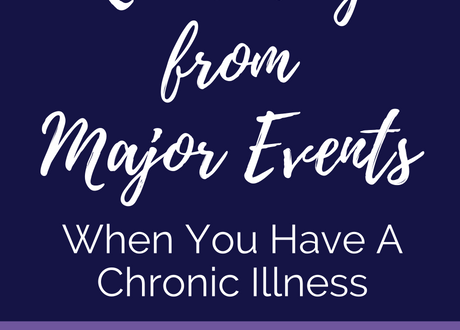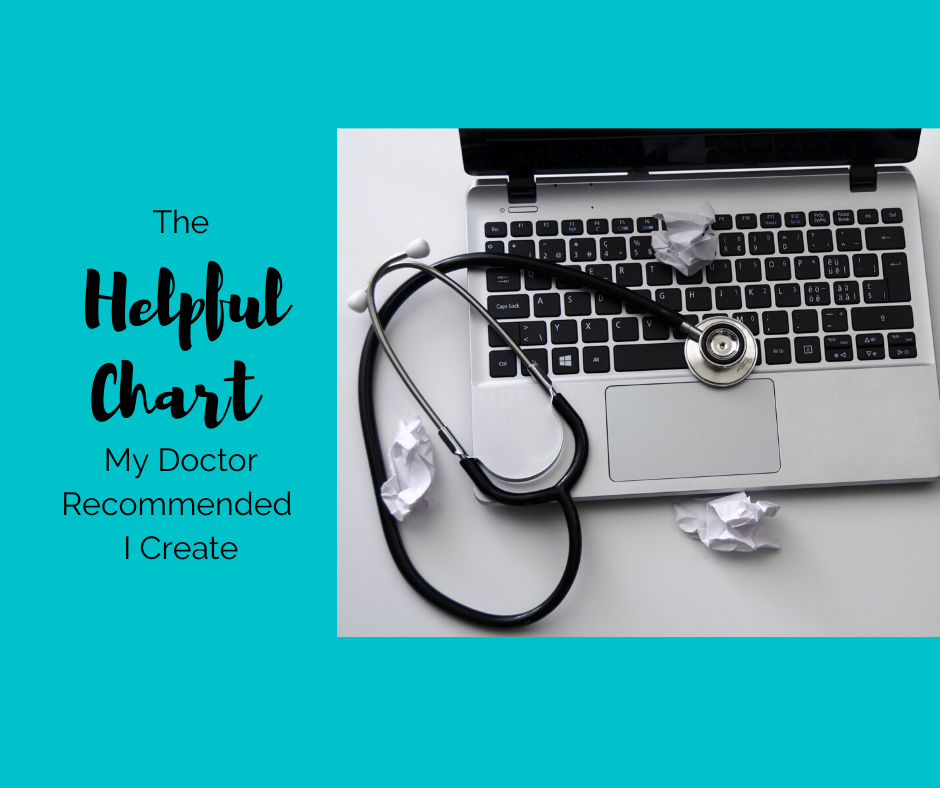
The Helpful Chart My Doctor Recommended I Create
Do you ever discover a useful resource for your health that just makes you want to share it? That’s the way I felt when my doctor recommended I create this chart. This is a helpful way to prepare for a doctor’s visit. It led to a lot of light bulb moments as I considered the future direction of my treatment plan, especially when it comes to medication and supplements.
This chart will help you streamline appointments by having more information at your fingertips, whether you’re meeting with your doctor in person or doing televisits. (I’ve actually found televisits practical because I use up less energy and can pull up documents about my health history on my computer…or ask my mom to run into the next room to check the dosage on my supplements, LOL! What do you guys think of them?)
I feel I’ve hit a dead end with my health and haven’t been seeing improvement (so I’ve been trying to focus on the little things I can do).
That’s why I recently saw my naturopathic oncologist to get a new perspective. I hadn’t seen him in awhile—I had thyroid cancer three years ago and have other chronic health conditions including dysautonomia, fibromyalgia, an autoimmune disease, and asthma.
My doctor wanted to review what medication and supplements I’m taking. I’ve found it’s beneficial to take a step back and get an overall look at my treatment plan every now and again.
I’m not a doctor, and this post is not intended as medical advice. I’m merely sharing a tool I found useful in case it helps you in conversations with your health care providers.
Prepare for a Doctor’s Visit
Here is the information my doctor wanted me to compile in a chart:
– What medications/supplements I take
– What dose and at what frequency
– What symptoms/illness I take it for
I always bring a list of my meds and supplements to doctor’s appointments (with brain fog, it’s a necessity), but it made sense to lay out the information differently so we could talk about what medication and supplements were best helping me.
I used Excel to create my chart. As I built my chart, I decided to add a category: How effective is the treatment at helping my symptoms?
Once I had plugged in all my meds, I decided it would make even more sense to group them by category. For instance, I listed what I take to help my asthma and allergies all under one heading. I created headings for each of my medications and supplements based on what they help.
I could now easily see how well I was supporting certain symptoms, and instances where support was lacking.
Here’s a screenshot of what a chart might look like, as well as some of the categories I ended up using.
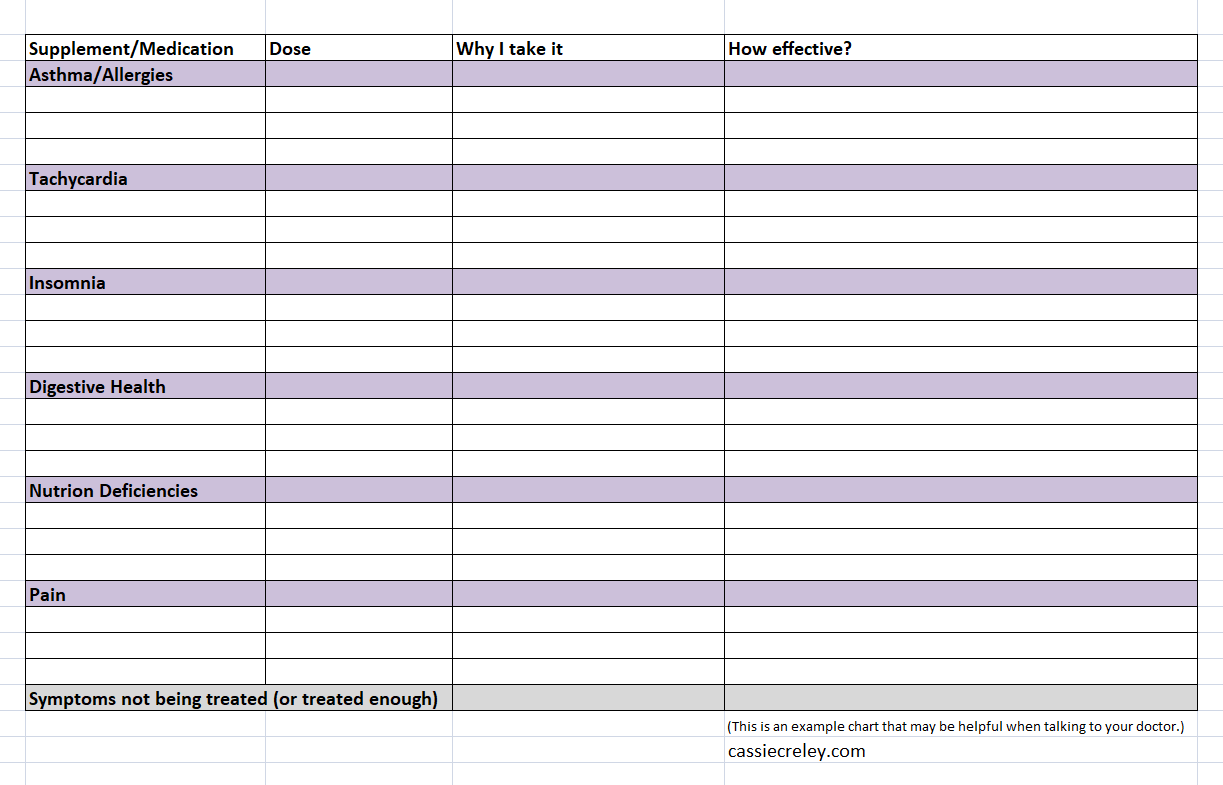
Finally, I added a section to list which of my symptoms are not being treated.
What did I learn from this chart?
This part was pretty eye opening—I created a list of numerous symptoms we have not yet found a way to treat. My body is very sensitive to medication and supplements (that’s pretty common in fibro patients) and even when I can take something, it doesn’t always help. There is a lot of trial and error in treating multiple, chronic conditions, especially when symptoms overlap and feed each other. When one condition flares up, it likes to wreck havoc on other conditions.
I realized there were quite a few of my symptoms left untreated. For instance, we still haven’t found ways to manage my tachycardia and low blood pressure, which are symptoms of my neurological condition dysatuonomia. Some of the other symptoms I listed here include debilitating fatigue/lack of energy, autoimmune fevers, and chronic migraines and headaches.
One good piece of news I gathered while making this chart? I discovered my doctors and I have found effective ways to support my nutritional deficiencies. This was encouraging. I’ll take gold stars where I can!
Taking this chart back to my doctor allowed us to choose a few supplements to temporarily suspend while we tried new things. It also helped us zero in on what symptoms are most problematic and in need of treatment.
You could also expand this list to include treatments if that’s helpful. For instance, I would be listing massage and chiropractic care.
Here’s the final list of what my chart included:
– What medications/supplements I take
– What dose and at what frequency
– What symptoms/illness I take it for
– How effective was the treatment at helping my symptoms?
– Which of my symptoms are not being treated?
I’m going to use this information to help me focus on where I need the most help during future doctor appointments. Best wishes to you on your wellness journey!
What tools are you using to manage your medication and supplements?
What resources or ideas have been helpful in evaluating your treatment plan? How do you prepare for a doctor’s visit?
Pin it: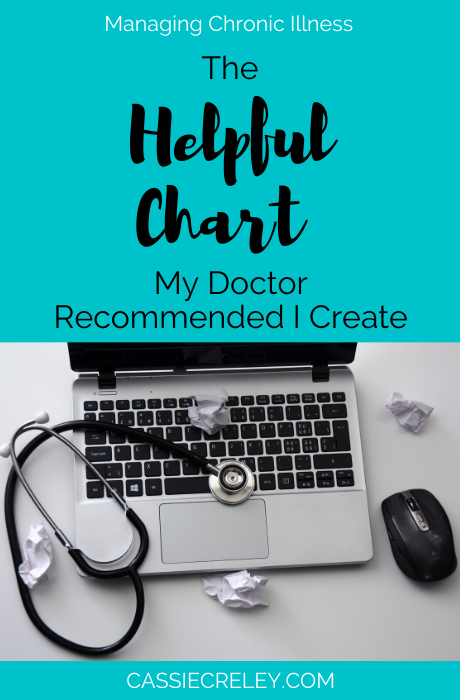
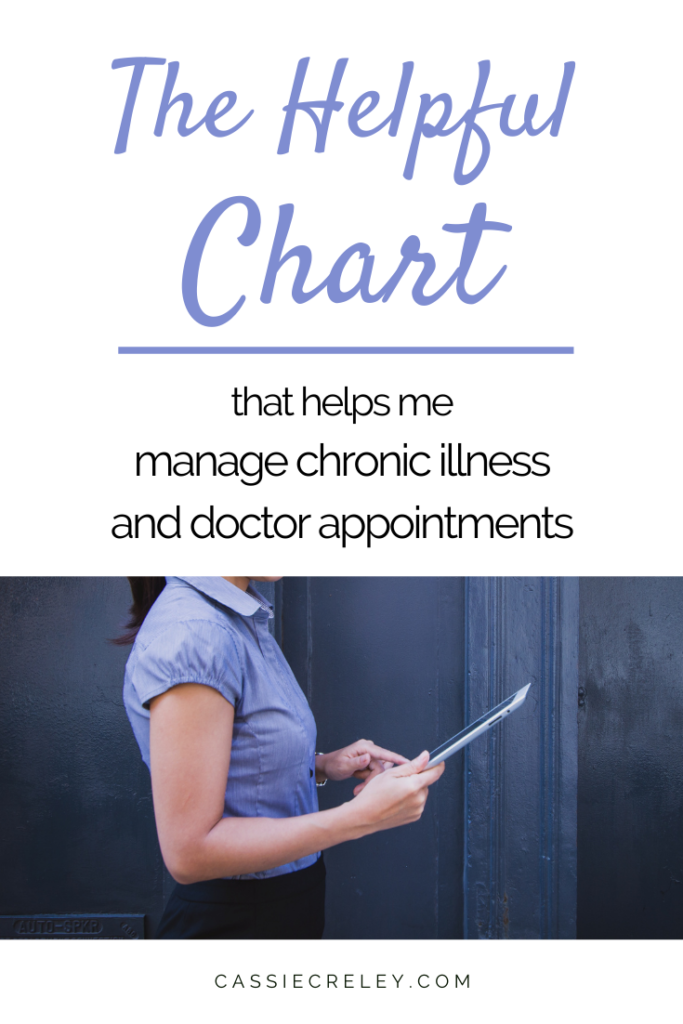
Note: This blog post is meant for informational purposes only and is not intended as medical advice. I am not a health care provider, and what I share is based on my personal experiences. Always talk to your doctor when making changes to your treatment or before trying something new.
You may also like:
10 Of My Favorite Health Care Products
A Dairy-Free, Gluten-Free Starter Kit: My Go-To Shopping List for Food Allergies
How To Stay Connected From A Distance


